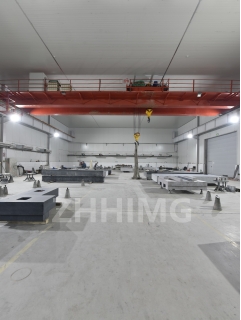Automatic optical detection of mechanical components has become increasingly prevalent in the manufacturing industry. This process involves using cameras and advanced software to detect any flaws or irregularities in the components, allowing for quicker and more accurate quality control.
One major advantage of automatic optical detection is its ability to detect defects with a high level of accuracy and consistency. Traditional human inspection can be prone to errors due to fatigue or lack of attention to detail, leading to missed defects and increased costs due to the need for rework. With automatic optical detection, components can be inspected with precision and speed, reducing the likelihood of defects slipping through the cracks.
Another benefit of this technology is its ability to increase production efficiency. By automating the inspection process, manufacturers can reduce the amount of time needed to inspect each component and thus, increase the speed of production. This means that products can be produced faster, leading to shorter lead times and improved customer satisfaction.
In addition, automatic optical detection can help to reduce waste by catching defects early in the manufacturing process. This means that faulty components can be identified and removed before they are assembled into finished products, reducing the need for scrap and rework. This, in turn, helps to reduce costs and improve the overall quality of the products being produced.
However, there are some potential disadvantages to consider when using automatic optical detection. One downside is the high initial cost of implementing this technology, which may be prohibitive for some smaller manufacturers. Additionally, there may be a learning curve for employees who are not familiar with the technology and its operation.
In conclusion, despite some possible drawbacks, the advantages of automatic optical detection for mechanical components outweigh the potential disadvantages. With its high level of accuracy and consistency, ability to increase production efficiency, and potential for waste reduction, this technology is a valuable asset to the manufacturing industry. As such, it is important for companies to consider implementing this technology if they have not already done so.
Post time: Feb-21-2024

